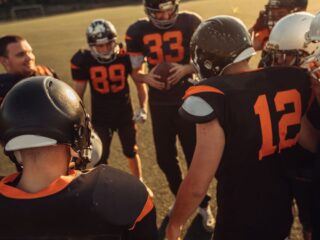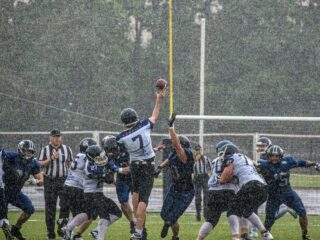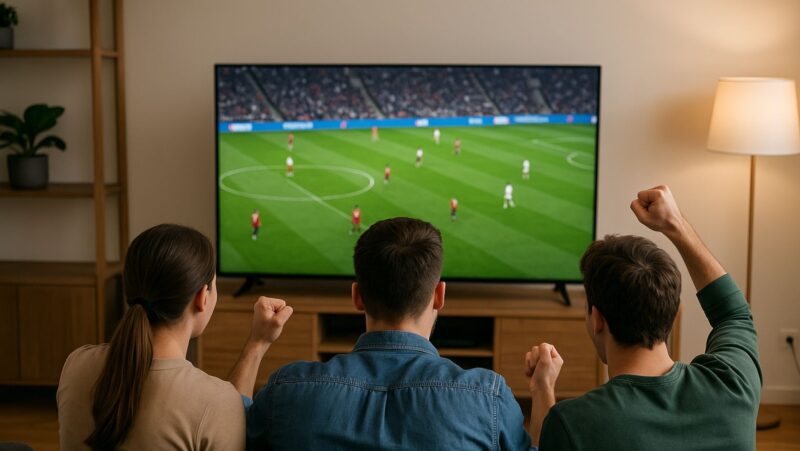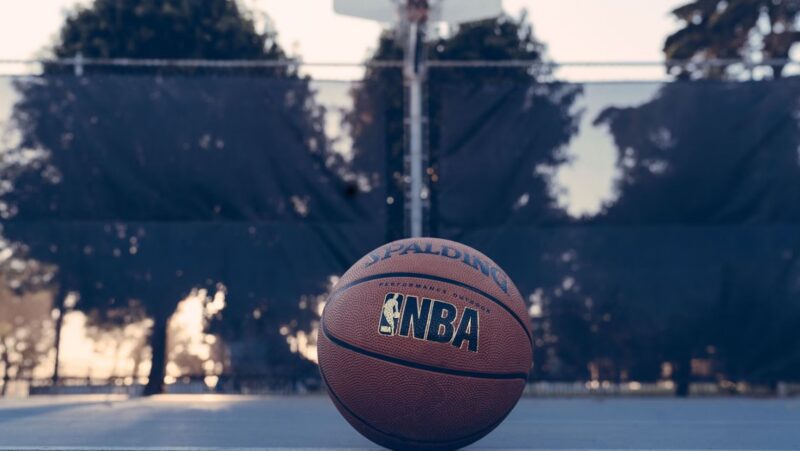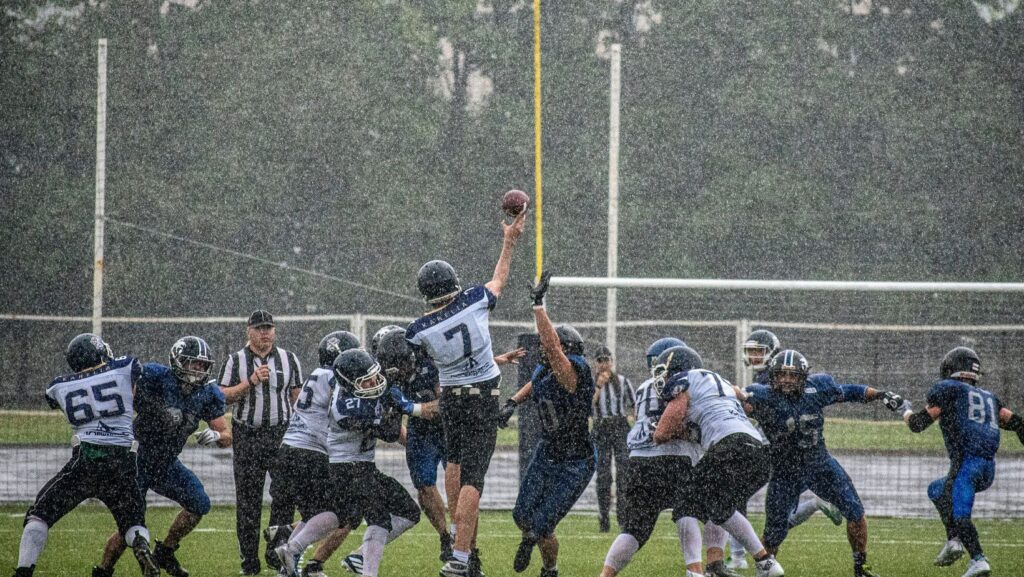
In Seattle, the rain isn’t a problem. People here don’t stop when the sky turns gray; they simply switch plans. When the trails get too muddy, everyone heads indoors.
Climbing gyms fill up with people itching for movement, basketball courts get noisy again, and yoga studios turn into quiet escapes from the drizzle outside. Some trade sneakers for screens and unwind on platforms like CasinoBrothers.ca, where the thrill comes from focus and quick thinking instead of sweat.
That’s the thing about Seattleites, they don’t wait for perfect weather. They make their own rhythm, even when it’s pouring.
A City Built for Gray Days
Maybe that’s what makes Seattle different, it was never built to fight the rain, but to live with it. Cafés stay open late, gyms feel like gathering spots, and every neighborhood has a place where people burn off energy when the sky refuses to clear. There’s something almost comforting about it, the sound of rain on the roof while a pickup game runs in full swing or a climbing wall echoes with laughter.
Seattle doesn’t chase the sun; it makes its own light. The city moves at its own pace, steady and alive, proving that even endless drizzle can’t wash away a good sense of rhythm.
The Mindset of Movement
Seattle’s rain teaches patience and shapes the city’s unique rhythm. People here don’t rush or fight the weather; they move with calm focus, finding steadiness in the mist and drizzle. Morning runs often take place in a light fog, while evenings are perfect for yoga under soft, warm lights.
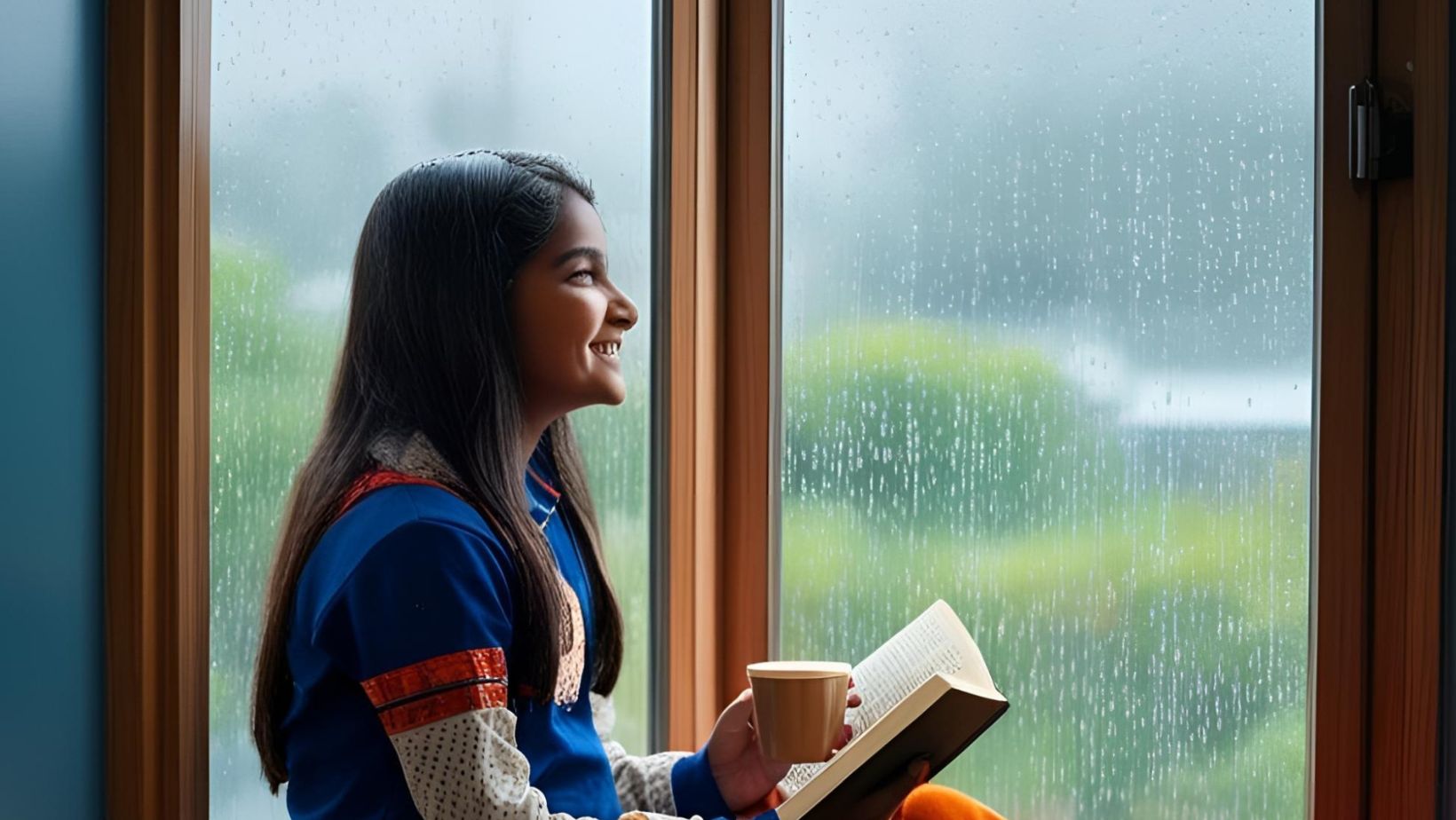
After a late-night game or workout, it’s common to unwind with a quiet coffee, blending exercise and social moments into the city’s peaceful pulse. Seattle doesn’t chase intensity; it values consistency, reminding its people to keep moving forward, one step, one breath at a time, regardless of the rain’s gentle presence.
The Quiet Side of Competition
Seattle’s way of competing feels different, less about proving something, more about sharing the moment. Whether it’s a late-night futsal game or a weekend climbing session, the focus isn’t on who’s better, but on how far everyone can push together. Victories get a nod, not a roar. Losses end with a laugh and a “same time next week?”
It’s competition without ego, built on respect and small gestures, a high five, a shared towel, a coffee after the match. Maybe it’s the rain, or maybe it’s the city’s temperament, but there’s a kind of calm built into Seattle’s energy. The drive to win is there, just quieter, steady, thoughtful, and grounded in community rather than noise.
Spaces That Keep the City Moving
All across Seattle, you can see signs of the city reinventing itself, one building at a time. Old shipyards have become bouldering gyms, forgotten factories now echo with the sounds of futsal matches, and once-empty warehouses are filled with yoga mats and spinning bikes. What used to be built for work now moves to a different rhythm, one driven by people, not machines.
Many of these spaces are part of a broader urban trend focused on sustainability and community use. Developers have turned unused industrial zones in neighborhoods like Georgetown, SoDo, and Ballard into active hubs for sport and wellness. Climbing gyms such as Seattle Bouldering Project emphasize natural light, recycled materials, and open layouts that encourage social connection as much as physical activity. Smaller studios and futsal arenas operate as community centers, offering local programs, charity tournaments, and youth events.
Seattle’s architecture has quietly adapted to its lifestyle, practical, creative, and human-centered. Instead of fighting the rain or industrial history, the city blends both, proving that movement can thrive anywhere if there’s space for people to come together.
The Spirit of Resilience
Seattle’s reputation as a rainy city is less about how much rain falls and more about how often it shows up, quietly, persistently, like a reminder of rhythm. It shapes how people live, move, and even think. Over time, the drizzle becomes background noise, the kind that hums behind morning routines and late-night walks.
Maybe that’s why Seattleites don’t fight it. They tie their shoes, step outside, and keep going. The city’s strength isn’t loud or defiant, it’s patient. It’s in the slow jog through misty streets, the sound of laughter echoing from an old warehouse gym, the shared nod between strangers waiting for the same patch of dry sky.
The rain doesn’t define Seattle, it reveals it. In every gray morning and foggy afternoon, there’s a quiet lesson in persistence. Not the kind that demands attention, but the kind that simply endures, steady, grounded, and alive.


